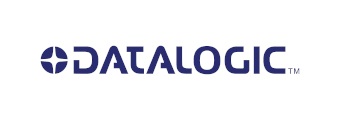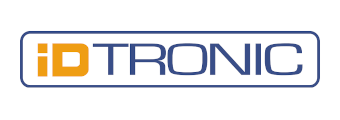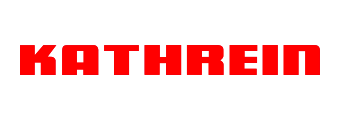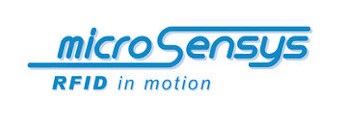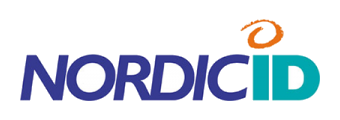Unlock the Power of Your Data
Warehouses, hospitals, and logistics centers generate massive amounts of data every day through RFID readers, barcode scanners, sensors, and camera systems. Yet too often, this valuable information gets stuck in isolated solutions and fails to reach ERP, WMS, or analytics systems in time.
The result? Manual work, slow processes, and increased risk of errors.
RCOM Gateway solves this exact challenge. It acts as the bridge between your devices and your business systems—turning every scan or sensor reading into an actionable business event.
RCOM Gateway transforms isolated Auto-ID devices like RFID tags, barcode scanners, BLE beacons, and vision systems into a unified automation platform. All captured data is processed in real time—triggering immediate actions.
The outcome: Less manual effort, fewer errors, and greater transparency and speed across your operations.
The Challenge Facing Modern Enterprises
Today’s businesses are confronted with a flood of edge devices and data streams. Diverse protocols, formats, and manufacturers make seamless integration a real challenge. Common issues include:
- Fragmented Device Landscapes: RFID, barcode, BLE, and vision systems—all operating with their own standards
- Data Silos & Format Issues: Raw data must be normalized and transformed before it can be used
- Manual Workflows: Scripts and manual inputs are slow and prone to errors
- Lack of State Management: Difficult traceability without centralized data models
- Unclear Protocol Support: REST, MQTT, schedulers—each requires separate handling
- Scaling Challenges: Managing multiple sites or tenants is complex and hard to isolate
The Solution: RCOM Gateway
RCOM Gateway is a powerful, event-driven integration platform that connects your Auto-ID devices with enterprise systems—intelligently automating your workflows.
Key functions at a glance:
Event-Driven Workflows: Every device event triggers automated processes
Universal Integration: RFID, barcode, BLE, vision systems—vendor-independent
No-Code Automation: Workflows per Regelbaukasten statt komplizierter Programmierung
Custom Dashboards: Tailored interfaces for operators and management
Prebuilt Templates: Ready-to-use templates for standard processes
Beyond Integration – Full Control and Transparency
- Custom UI Builder: Design dashboards, control panels, or management reports tailored to your needs
- Maps & Visualization: Display zones, track assets in real time, and plan layouts with precision
- Granular Access Control: Role-based permissions, including multilingual support for international teams
Applications Across Industries
The flexibility and scalability of the RCOM Gateway make it the ideal platform for a wide range of industries:
- Manufacturing: Track components and assemblies → Enable just-in-time production and quality assurance
- Warehousing & Logistics: Automate goods receipt, picking, and shipping in real time
- Healthcare: Monitor patient flow, medical devices, and consumables
- Retail & E-Commerce: Track inventory live on shelves or in warehouses, reduce shrinkage
- Pharma & Cold Chain: Control temperatures, document batches end-to-end, ensure compliance
RCOM Gateway – The Key to Smarter Operations
RCOM Gateway connects a wide variety of devices into a centralized, intelligent automation platform.Whether in logistics, manufacturing, healthcare, or retail—raw data becomes actionable insight. Processes run automatically, workflows become transparent and traceable.



